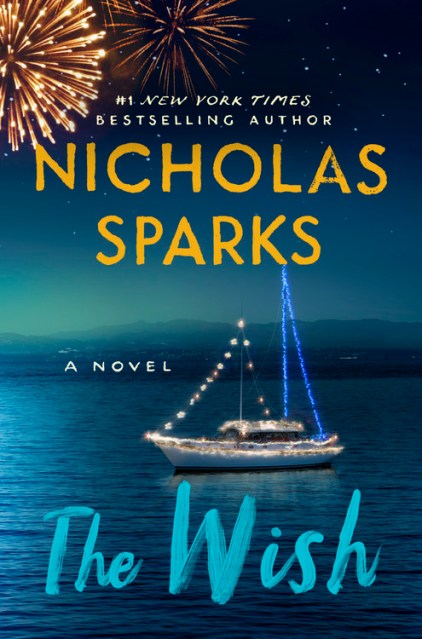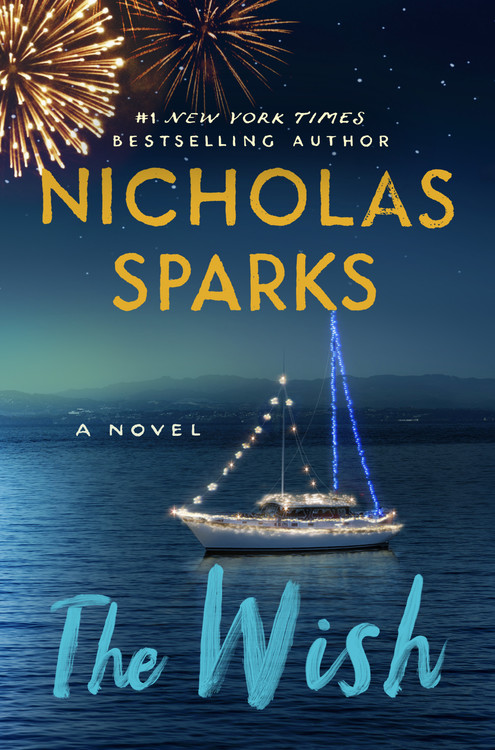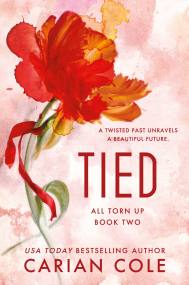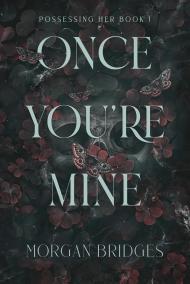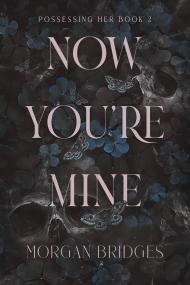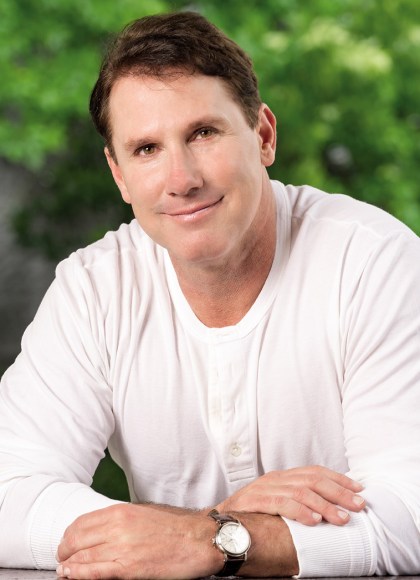Promotion
Use code MOM24 for 20% off site wide + free shipping over $45
The Wish
Contributors
Formats and Prices
Price
$28.00Price
$35.00 CADFormat
This item is a preorder. Your payment method will be charged immediately, and the product is expected to ship on or around September 28, 2021. This date is subject to change due to shipping delays beyond our control.
Also available from:
1996 was the year that changed everything for Maggie Dawes. Sent away at sixteen to live with an aunt she barely knew in Ocracoke, a remote village on North Carolina’s Outer Banks, she could think only of the friends and family she left behind . . . until she met Bryce Trickett, one of the few teenagers on the island. Handsome, genuine, and newly admitted to West Point, Bryce showed her how much there was to love about the wind-swept beach town—and introduced her to photography, a passion that would define the rest of her life.
By 2019, Maggie is a renowned travel photographer. She splits her time between running a successful gallery in New York and photographing remote locations around the world. But this year she is unexpectedly grounded over Christmas, struggling to come to terms with a sobering medical diagnosis. Increasingly dependent on a young assistant, she finds herself becoming close to him.
As they count down the last days of the season together, she begins to tell him the story of another Christmas, decades earlier—and the love that set her on a course she never could have imagined.
Genre:
-
"If it's never too early for Christmas in your world, get in the mood with this awww-worthy story of first love and its echoes that takes place during the holidays."Good Housekeeping
-
"Anyone looking for a sweet story will be enchanted."Booklist, Starred Review
-
"Sure to top the book lists of romance fans near and far."CNN Underscored
-
"With The Wish, Sparks reminds us that love . . . will always move you in ways you can’t comprehend."BookPage
-
“As with all of Sparks' novels, emotions play a huge part. Though a bittersweet story, The Wish is a thought-provoking chronicle of a few decades in the protagonist's life. In the course of that life, she unearths her self-worth, self-acceptance, and the magnitude of first love.”New York Journal of Books
-
"Covers the gamut of emotions from love to loss and will have readers crying gently into a tissue before the end."Bookreporter.com
-
"If wishes could come true, this would be the Nicholas Sparks novel you’ve been asking for . . . The story of Maggie and Bryce is a timeless, cinematic read transversing both discovery and loss, and above all, the question of what it is we most wish. Epic is a term bandied about too easily in literary circles, but it applies here."Mountain Times
-
"Beloved author Nicholas Sparks is well-known for his heartfelt, emotional stories—and his newest novel follows suit."Woman's World
-
"Sparks has definitely mastered the art of love.”Associated Press
-
“Sparks is a poet . . . a master.”Philadelphia Inquirer
-
“Nicholas Sparks is one of the best-known writers in America and overseas for good reason: He has written stories that reveal the yearning for our most prized possession: love.”Mobile Register
-
"Sparks knows how to tug at readers' heartstrings."Chicago Sun Times
- On Sale
- Sep 28, 2021
- Page Count
- 400 pages
- Publisher
- Grand Central Publishing
- ISBN-13
- 9781538728628
Newsletter Signup
By clicking ‘Sign Up,’ I acknowledge that I have read and agree to Hachette Book Group’s Privacy Policy and Terms of Use
